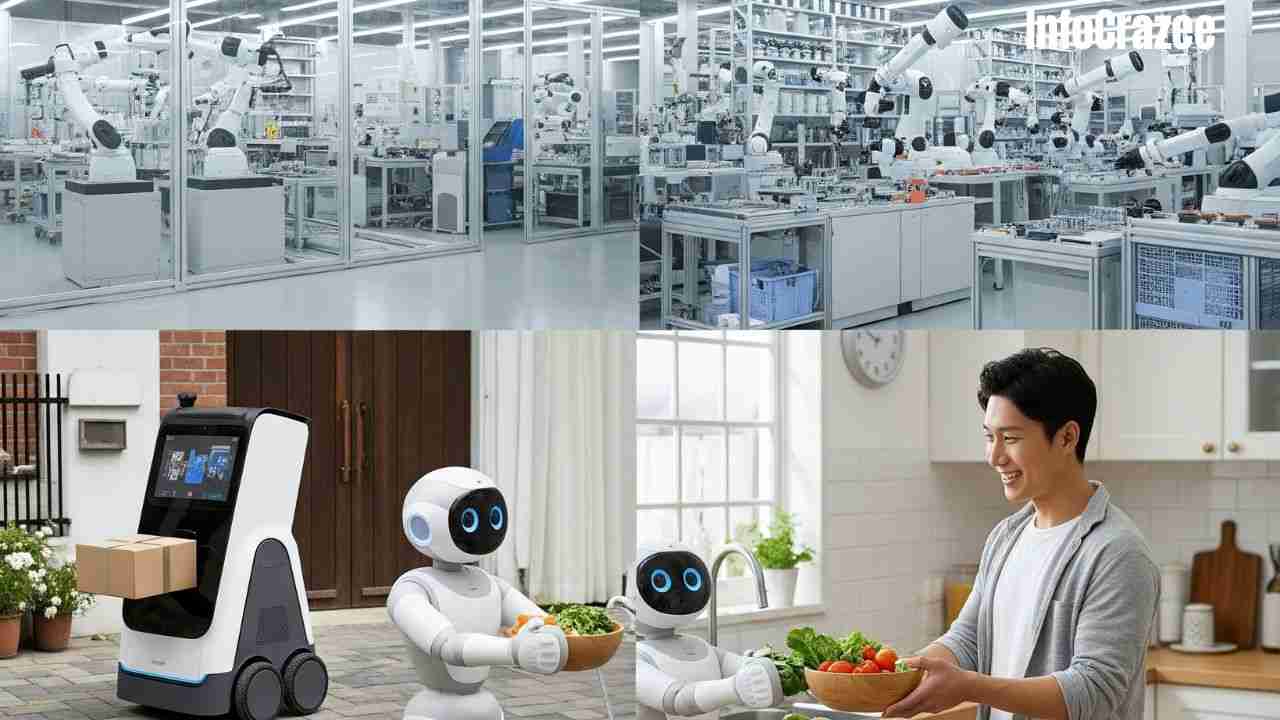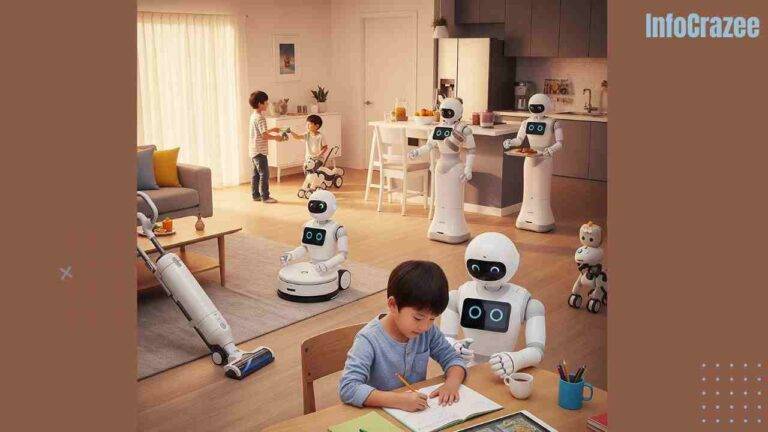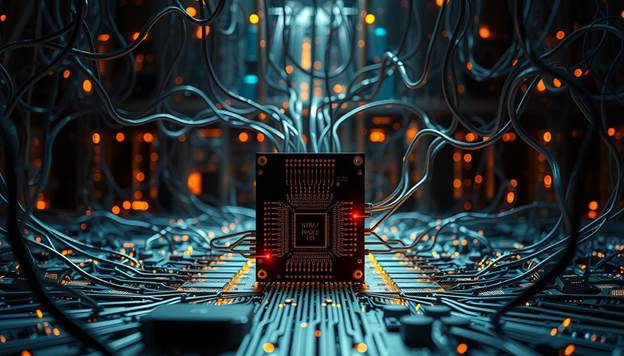Robotics and the Future of Everyday Life – How Robots Are Making Life Easier
Let’s be honest — when we hear the word “robots,” many of us still picture something out of a sci-fi movie: shiny metal beings with blinking lights and robotic voices. But in real life, robots are already part of our daily routine — often in ways we don’t even notice.
From smart vacuum cleaners to robotic arms in factories, these machines are quietly transforming how we live, work, and even care for each other. The best part? They’re not just for high-tech labs or giant companies anymore. Today, robots are becoming more personal, more helpful, and a lot more common in our homes and communities.
Let’s take a closer look at how robots are changing everyday life — and how they’re making things a whole lot easier.
Why Robots Matter in Our Daily Lives
You don’t need to be an engineer to benefit from robots. They’re designed to help with real-world problems, like:
- Saving time on boring or repetitive tasks
- Helping people with mobility or health issues
- Keeping homes, offices, and even streets cleaner and safer
- Making workplaces more efficient and less physically demanding
Whether you’re trying to keep up with house chores or running a busy business, robots are stepping in to lend a hand — no screwdriver required.
1. Home Sweet (Smart) Home: Robots That Help Around the House
One of the most noticeable places where robots are popping up? Right inside our homes.
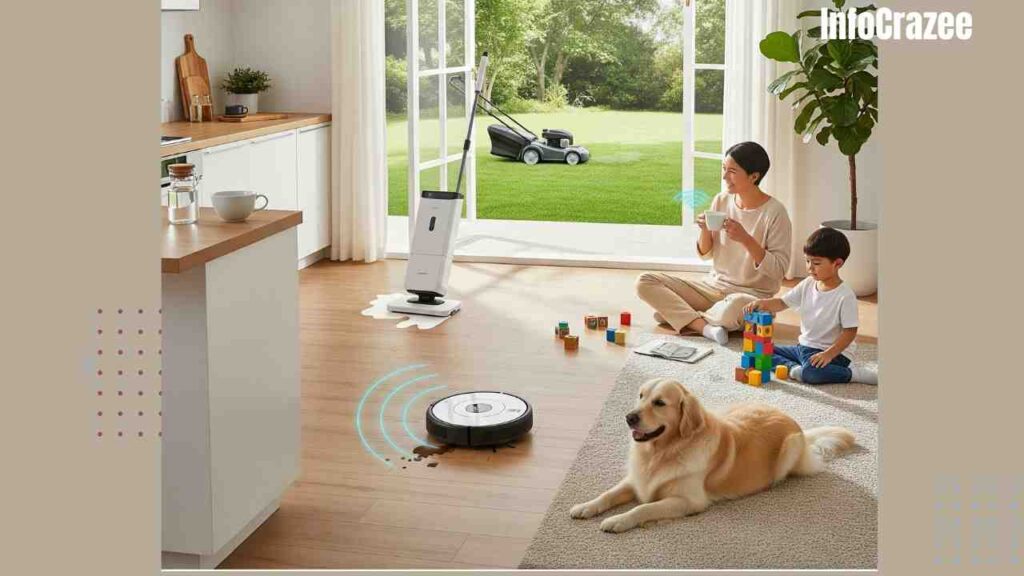
Household Helpers:
- Robot vacuum cleaners (like Roomba) clean your floors while you relax or run errands.
- Robotic mops scrub spills and messes automatically.
- Lawn-mowing robots keep your yard trimmed without you having to lift a finger.
These gadgets are especially helpful for busy parents, seniors, or anyone who just wants to free up more time.
Real-life example: My cousin used to dread vacuuming every day (thanks to two shedding dogs). Now, her robot vacuum runs while she’s at work — problem solved!
2. Robots in Healthcare: Caring Hands and Smart Support
In hospitals and homes, robots are offering a new kind of care — one that’s reliable, safe, and sometimes even life-saving.
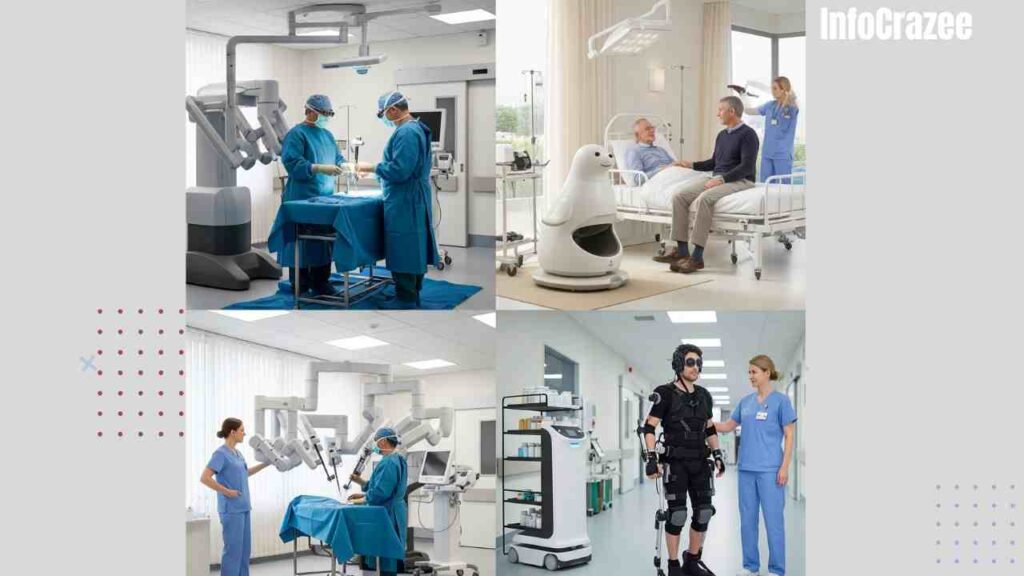
How robots help in healthcare:
- Surgical robots assist doctors with super-precise procedures.
- Therapy robots (like PARO, the robotic seal) provide comfort to patients with dementia or anxiety.
- Medication delivery robots in hospitals bring meds and supplies to nurses, saving time and reducing human error.
- Exoskeleton suits help people who’ve lost mobility walk again.
These tools don’t replace humans — they support them. They give doctors, nurses, and caregivers more time to focus on what really matters: people.
3. Robots at Work: Making Jobs Smarter, Not Scarier
Some folks worry that robots will “take over” jobs. But in many cases, they’re actually taking over the dangerous, boring, or physically hard parts — and helping humans do their jobs better.
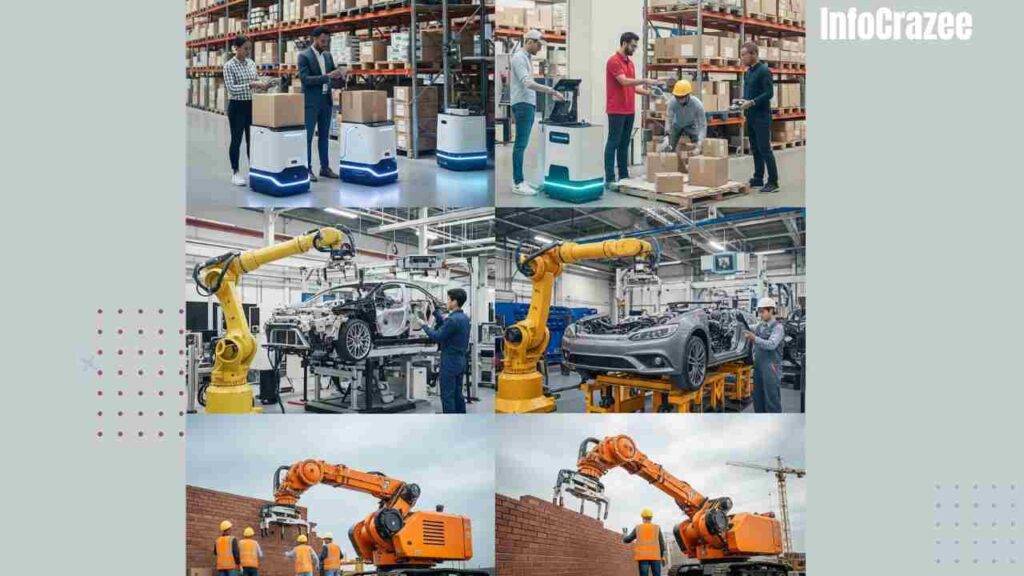
Where robots are working:
- Warehouses – Robots move packages and restock shelves (think Amazon).
- Factories – Robotic arms build cars, electronics, and more with speed and precision.
- Construction – Some robots lay bricks, print homes, or inspect unsafe structures.
Instead of replacing workers, these robots often work with humans — creating new tech-based roles and boosting productivity.
Example: In Japan, a construction company uses brick-laying robots to speed up projects. Workers now supervise the robots, troubleshoot issues, and focus on design and safety instead.
4. Robots on the Streets and in Stores
Have you ever seen a robot delivering food or packages in your neighborhood? It’s becoming more common!
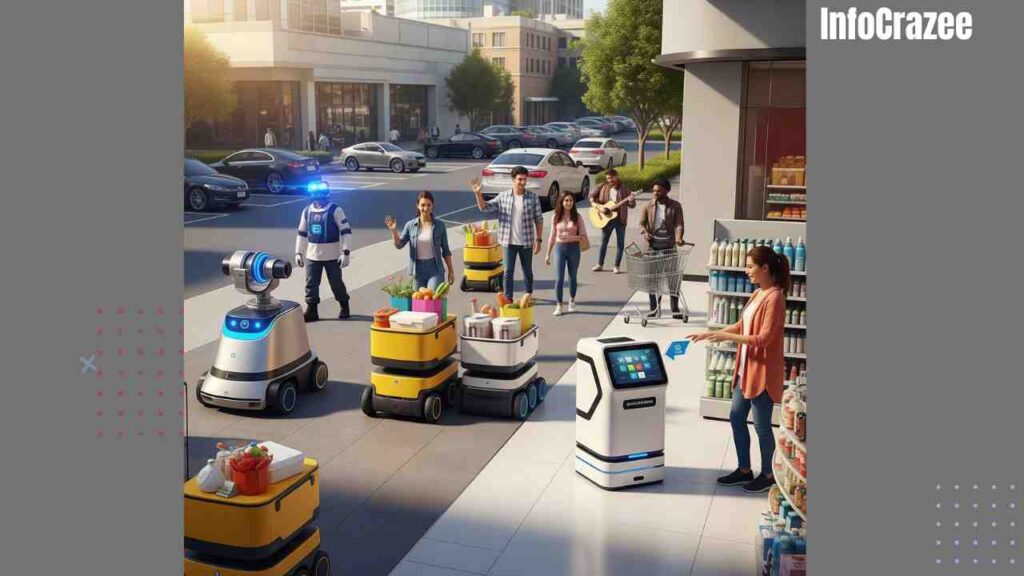
Out and about:
- Delivery robots roll along sidewalks, bringing snacks, groceries, or takeout.
- Security robots patrol malls and parking lots, alerting staff to suspicious activity.
- Robots in retail track inventory or help customers find items.
These bots aren’t just cool — they’re helping businesses work faster and smarter.
Fun moment: A university campus in the U.S. has tiny robots that deliver pizza to students’ dorm rooms. Students even give them names and wave when they pass by!
5. Emotional Robots: Friends, Not Just Machines
Believe it or not, some robots are built to connect emotionally with people.
- Social robots like ElliQ or Jibo are designed to chat, remind you to take your meds, or even suggest a walk if you’ve been sitting too long.
- Educational robots teach kids coding, math, or storytelling through play.
These robots bring something different — companionship, learning, and a bit of fun — especially for older adults or children.
What’s Next for Robots in Everyday Life?
Here’s what the future could look like:
- More robots in homes — not just cleaning, but cooking, organizing, or even helping kids with homework.
- Smart assistants with arms — imagine your voice assistant (like Alexa) actually reaching out to grab your coffee.
- Affordable robots for seniors — helping with daily tasks or staying connected with family.
- Robot taxis or delivery drones becoming more common in cities.
The goal isn’t to replace humans. It’s to support us — making daily life easier, safer, and maybe even more fun.
FAQs
1. Will robots really take over all our jobs?
No. Robots are helping with certain tasks, especially the boring or dangerous ones. But many jobs still need human creativity, emotion, and decision-making. In fact, new types of jobs are being created to work alongside robots.
2. Are robots safe to use around kids or seniors?
Yes — especially the ones made for home use. Most are designed with safety in mind, and many include sensors to avoid bumps, falls, or dangerous situations. Always check the safety features before buying.
3. Can I afford a home robot?
Prices are dropping as the technology improves. You can now find robot vacuums for under $200. More advanced robots (like lawn mowers or companions) cost more but are becoming more affordable every year.
Final Thoughts
At infocrazee, we believe the future doesn’t have to feel scary or confusing — especially when it comes to tech. Robots are already here, not as flashy machines from a sci-fi movie, but as helpful tools making real life a little easier every day.
Whether it’s cleaning your floor, delivering your lunch, or helping someone walk again, robotics is moving from high-tech labs into our everyday lives — one smart step at a time.
